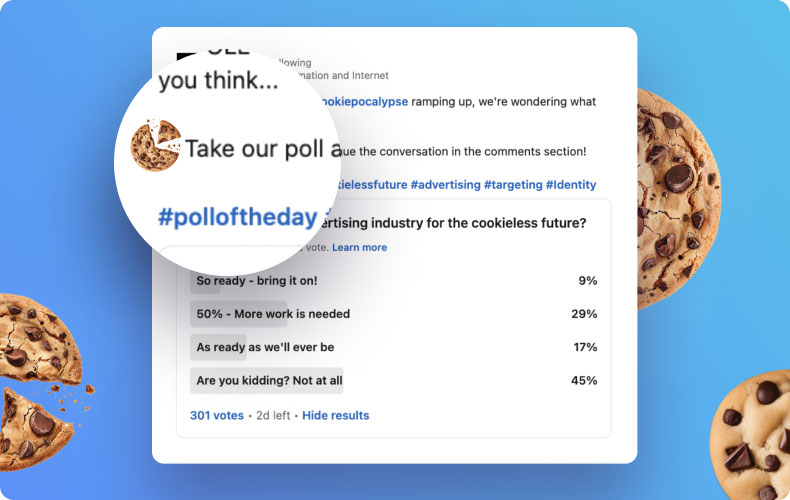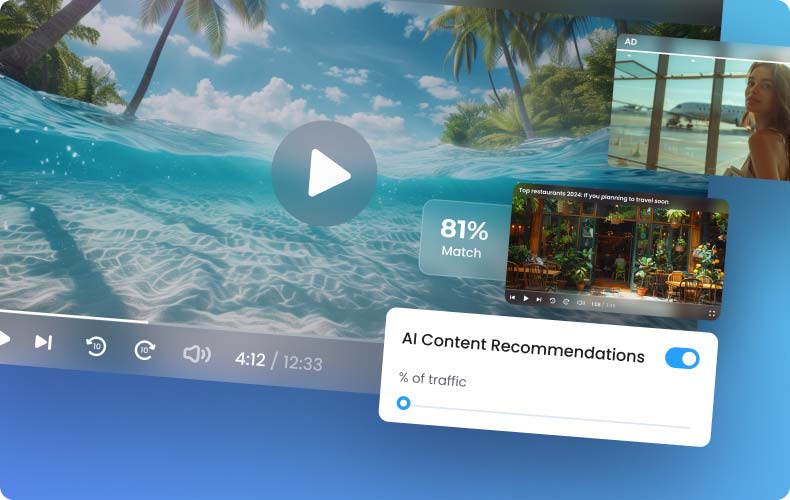
Blueprint
Introduction
Designing a video monetization strategy can be overwhelming, even for digital publishing veterans. It’s easy to get lost in the swirl of new acronyms, regulations, and programmatic advertising features. But video continues to be more important than ever, a way to combat waning revenues from display ads, boost audience engagement, and cater to evolving media consumption habits.
The team at EX.CO has put together this blueprint to simplify your path to video success. Below, you’ll find an overview of simple steps guaranteed to maximize your video monetization, including the necessary materials (e.g. player types, content marketplaces, demand sources) and techniques (e.g. contextual targeting, routine QA) you’ll need to assemble your program and grow.
Contrary to popular myths, no publisher is too small or under-resourced to capitalize on video monetization. Affordable, license-free technology and syndication partners exist to help you unlock new revenue streams, virtually overnight, even if you have no existing video content.
Whether you’re launching a new program from scratch, or looking to fine-tune and scale an existing one, this blueprint will optimize your video monetization while providing a best-in-class user experience. Let’s dive in!

Audiences consume more video each year.
Roughly one-third of time spent online is with video, including 2 hours daily and 17 hours per week, on average.
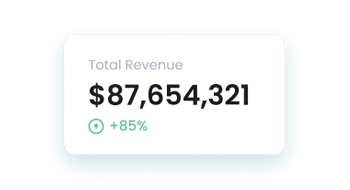
It’s the second biggest revenue source.
Ranking just behind direct-sold and beating out display; nearly 85% of publishers make money from video.

Digital video spend is growing twice as fast
as digital media overall, surpassing $55 billion in annual estimated budgets in 2023.
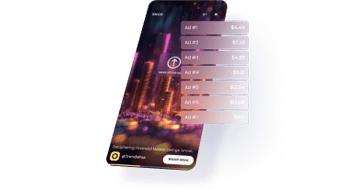
You can’t win long-term on social media
due to the lack of control for publishers, limited monetization opportunities, and brand safety concerns.
Contents
11 Steps to Maximize Your Online Video Monetization
1. Optimize your video player setup
Video monetization success begins with a flexible, lightweight player. At a minimum, it should be responsive to a user’s device type, allowing you to maximize player size while maintaining a positive user experience. (This might include vertical formats for mobile).
You also want to evaluate where the player lives in your code. Trafficking video content via a third-party like Google Ad Manager (GAM) means time is lost before the player is loaded. Instead, hardcode the video player to the page. This will lift your page load speeds, improving your UX and Core Web Vitals score.
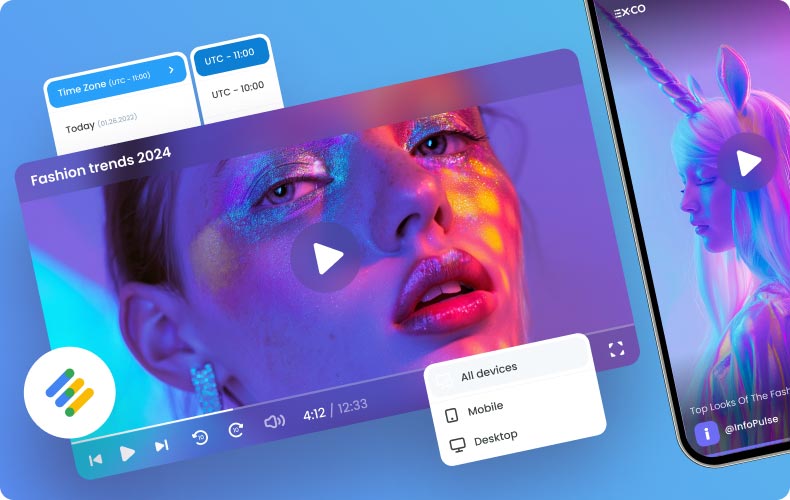
2. Ensure your videos are highly viewable
It wasn’t long ago that viewability was the hottest crisis in digital media. Fears spread of wasted video ads playing into the void, hidden below the fold, or behind pop-up windows. Recently, a baseline for viewability was defined by the Interactive Advertising Bureau (IAB) and Media Ratings Council (MRC): at least 50% of the player must be on-screen for at least two consecutive seconds. In reality, most media buyers and demand-side platforms (DSPs) look for 70% or higher viewability rates, and there’s an ongoing race to the top when it comes to premium video inventory.

Firm-specific measures of viewability are always changing, but publishers can stay one step ahead by avoiding any view-jacking tactics (which can trigger demand freezes), and use audience engagement as a north star. Place your video player clearly above the fold, in the hero section. Consider a “sticky” format that can follow users up or down the page, increasing both viewability and dwell time. These improvements can generate outsized business results, with viewability increases from 50% to 90% resulting in over 80% average video monetization revenue uplift across desktop and mobile.
3. Focus on high-quality video content
Every publisher can monetize video with high-quality programming, even if you’ve never produced a single video. New syndication libraries and content marketplaces offer publishers access to premium video content from their media peers or newsworthy influencers across TikTok and Instagram. Using an online video platform, you can quickly launch on-page players and recommendation engines that enhance written articles with relevant videos that look and feel more personalized.
For publishers that do have existing video content, it’s best to lead with those assets. Plug in your own MRSS feed. Maximize your YouTube library by adding those videos to your own website. And focus your net-new production budgets on high-quality, journalistic content.
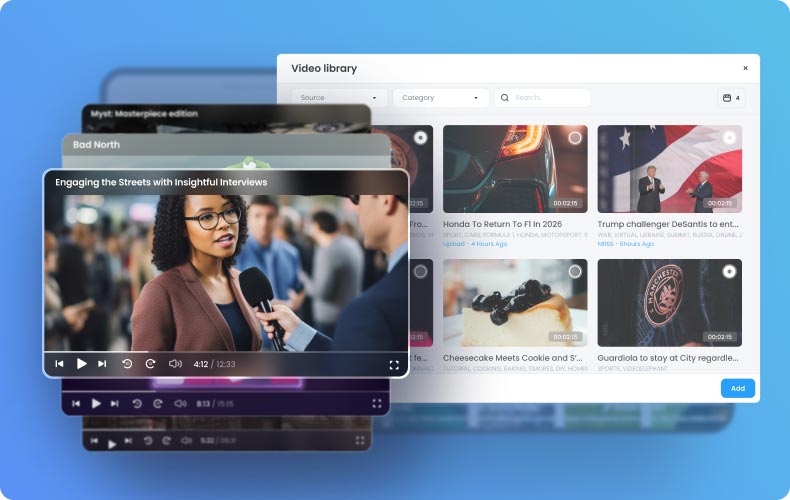
If it’s still difficult to create the best content strategy for your audience, consider partnering with an outstream video provider. This technology will at least enhance your existing articles with high-quality video ads, unlocking additional revenue and higher RPMs from your existing web pages. Another option is to partner with a technology provider that offers a content marketplace of video content to choose from.
Want to know what you could earn?
4. Make sure videos are engaging
Audience attention is your most precious resource. To meet consumers’ increased expectations, your videos need to be as contextual and personalized as possible. This translates to higher engagement, which is the rocket fuel that drives greater video monetization, loyalty, and audience growth.
To provide that catered video advertising experience, use custom, dynamic playlists to match users with relevant videos based on first-party data or situational cues. Using pre-bid enrichment, you can also add contextual data based on page signals before they are sent to ad exchanges or DSPs. Experiment, also, with new formats that emulate what users expect from social, such as the recent trend towards vertical video.
Consider also leveraging AI to garner audience insights about what type of video content resonates the most with viewers and which content they are spending the most time with.
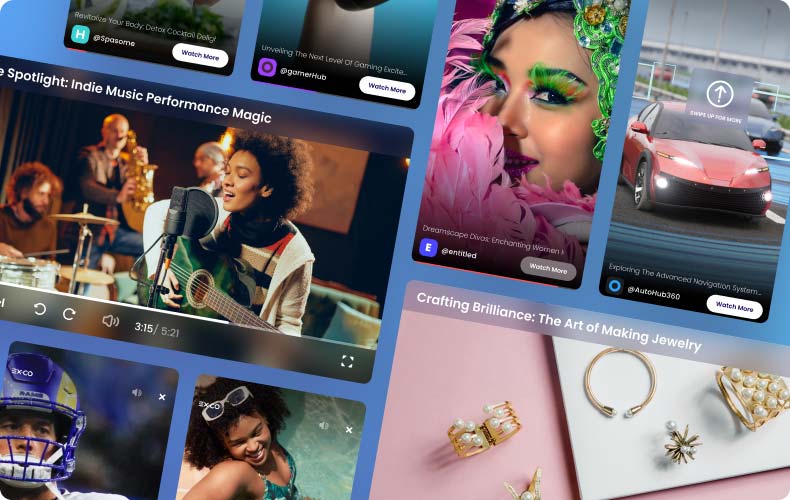
5. Work towards 100% video coverage
Too many publishers still have surprisingly low video coverage, which refers to the low percentage of a domain’s pages that include video, even though the technology, automation, and content marketplaces exist to deliver 100% video coverage, virtually overnight.
With video now the second largest revenue source for publishers, your ability to deliver video content on as many pages as possible can make or break your monetization strategy. It’s also an invaluable multiplier. Video keeps users hooked viewing sites for longer durations than plain text alone. This drives higher time on-site, more dwell time overall, and improved recirculation. It also unlocks much higher revenue from your existing site, as video advertising averages 3-5x the RPMs of traditional display ads.
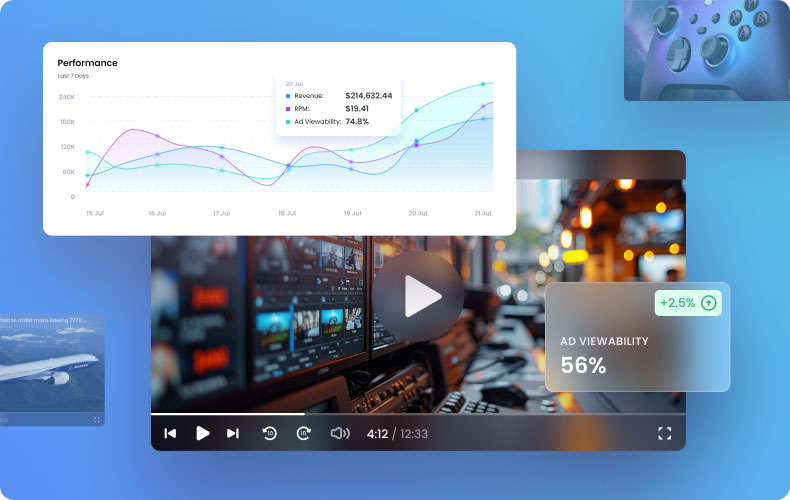
6. Customize your video advertising schedule
Once any programmatic video program goes live, you want to continually balance the user experience with monetization, providing a reasonable mix of editorial content and targeted advertising.
Monitor KPIs such as bounce rates and average session durations, and optimize where necessary. You may find certain content verticals or times of day are more or less receptive to video advertising. If you see engagement dipping, dial down your advertising cadence until you can find a better format or placement. This rigorous optimization pays for itself in higher audience dwell times and bigger budgets from premium advertisers.
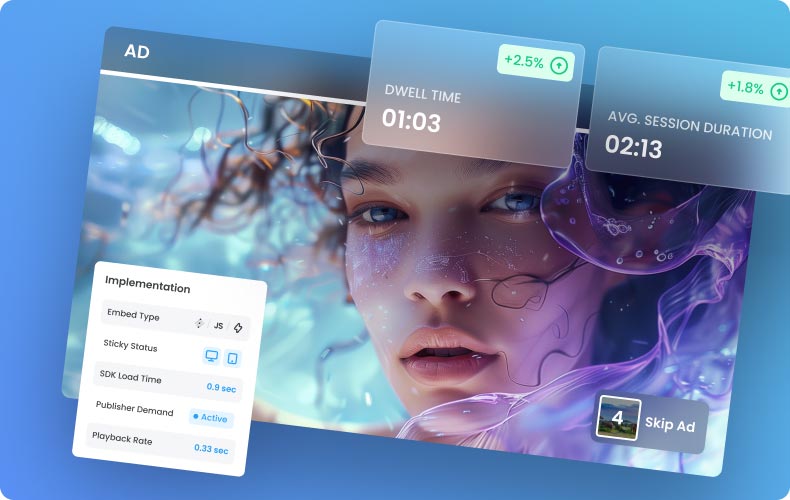
7. Optimize your demand sources
To maximize your video monetization, you want to connect with as many demand partners as possible. The more brands, DSPs, and advertising agencies in the mix, the more competitive the auction will be for any given ad placement – which inevitably lifts prices and revenues. Understand the range of sources that each programmatic advertising vendor brings to the table, and how that impacts your expected RPMs.
Many buyers increasingly prefer to work directly with publishers, so look to cut out redundant or rent-seeking middlemen who manage your inventory, a concept known as supply path optimization (SPO). If you already have an online video platform (OVP), make sure they allow your own demand to be integrated into the bidding process. If you’re looking for an OVP, this should be a key part of your evaluation process.
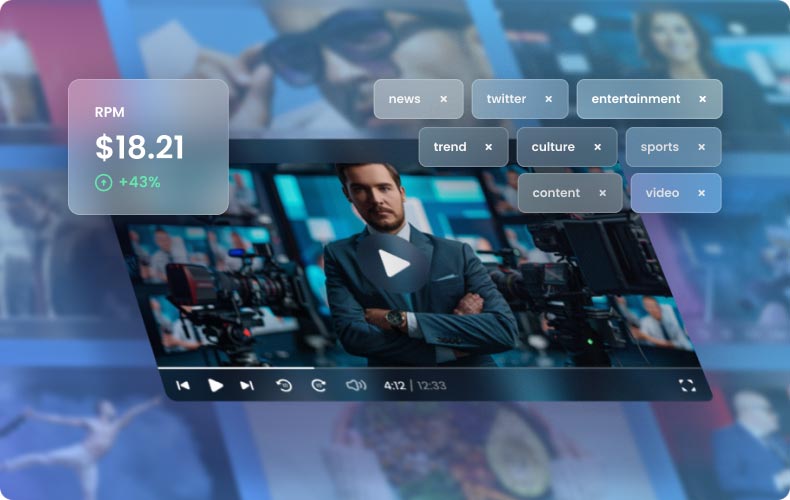
Having your own seat at the table will help get better programmatic advertising campaigns, at higher CPMs, all of which will lift your overall video monetization and drive deeper, more resilient client relationships. If you go this route, be sure that your OVP prioritizes your demand over others.
Speak to an expert
8. Adjust your video advertising auction metrics
As you tinker with supply and demand, you’ll also want to evaluate your pricing floors. Of course, an advertiser’s goal is to get the highest quality inventory for the lowest possible price. The simple truth is that video advertising market dynamics vary greatly by geography and device type, among other factors. Customizing your approach in each scenario is necessary to maximize video monetization.
For example, desktop drives higher CPMs than mobile, since the ads are bigger, completion rate ranges are typically higher, and the ads have greater conversion rates. EX.CO has seen that Android gets higher CPMs than iOS due to its superior targeting. And globally, the US has higher CPMs than an emerging market such as India.
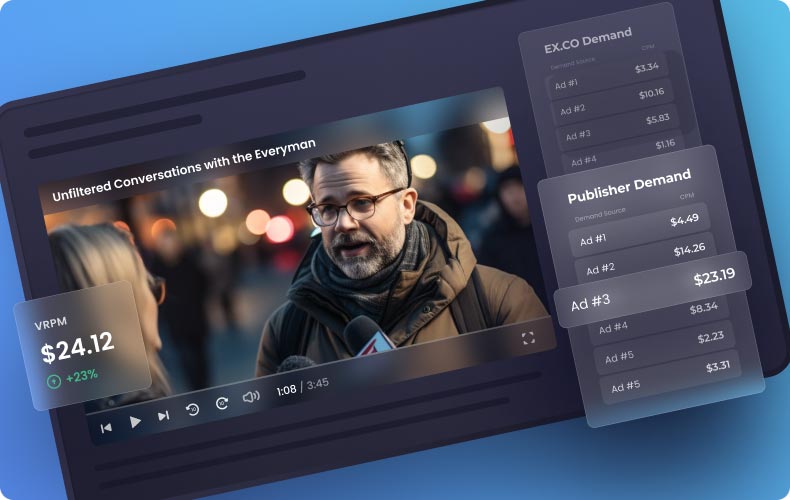
Set your floor bids higher in the stronger video advertising markets, and lower in the less competitive ones. This approach captures the incremental revenue you may be leaving on the table with your highest bidders, while at the other end bringing in more dollars that your previous floor had been turning away.
Advanced yield engines automatically make these adjustments to continually match the right floor price for factors like a specific device, OS, or region. EX.CO’s yield engine uses machine-learning and data science to examine tens of variables and tens of thousands of variable combinations in order to determine the right price.
10. Make time for routine quality assurance
Before you launch a new video monetization strategy, and routinely after you start one, make sure to honestly and continuously audit the live user experience. Have your team test these implementations on all browsers and all devices. Formalize a QA process, with clear, repeatable steps and a regular testing cadence. While a positive video experience can lift virtually every one of your business KPIs, a clunky one can quickly sink your engagement and jeopardize your relationship with even the most loyal audiences and advertisers.
Google’s Core Web Vitals are another crucial performance benchmark for publishers. These metrics provide a standardized way to measure a website’s loading performance, interactivity, and visual stability, all of which impact the user experience and search engine rankings. Partnering with a best-in-class video platform that complies by default with Core Web Vitals guidelines and optimizes for page speed will streamline QA efforts and reduce the manual burden on your team.
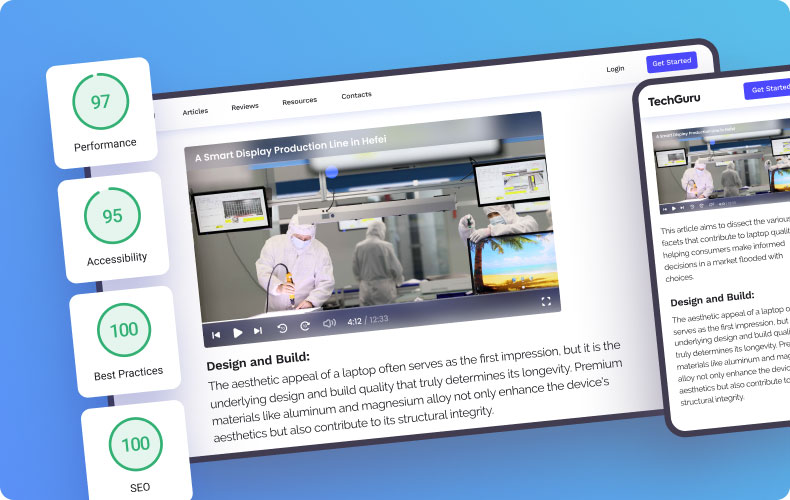
11. Partner with the right online video platform (OVP)
Many of these steps to video monetization success can be simplified by choosing the right online video platform. An OVP consolidates your video management in one place, at a fraction of the cost it would take to build the technology yourself or stitch together multiple ad servers and video vendors, each with its own fees and added costs. Supply path optimization (SPO) not only provides more transparency and cost-efficiency to buyers, but has the added benefit of a more sustainable carbon footprint. Fewer ad tech middlemen and duplicate auctions in your programmatic advertising operation translate to fewer remote servers exhausting unnecessary emissions.
While legacy OVPs focus mainly on a single use case (like hosting or streaming) and offer limited monetization capabilities, modern alternatives like EX.CO offer a robust suite of capabilities consolidated into one platform, including video monetization, video content marketplaces, content management, custom playlists, automated tagging, syndication features, log-level reporting, and more. EX.CO is also fully prepared for the death of third-party cookies and offers a completely cookieless identity stack.
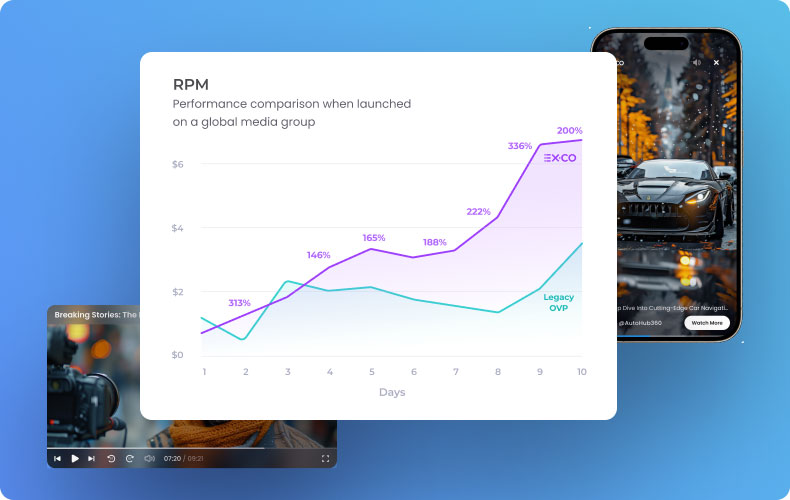
Whether your focus is vertical video, short video clips, long-form content, live streaming, or all the above, you want to make sure your partner covers all the technical requirements you’ll need – now and in the future – to efficiently grow your business. Here’s some criteria to look for:

Built-in ad server

Machine-learning-powered yield engine

Demand-agnostic

Vertical video player options

Premium video content marketplace

Cookieless targeting for addressability

Contextual content recommendation engine

No set up fees or upfront costs

Holistic reporting to measure video KPIs

Flexible APIs and automation

Advanced sticky player formats

Cloud hosting and integrations
A checklist for a successful video monetization strategy
Gaining familiarity with all of the aforementioned key elements of the video monetization blueprint is half the journey. Now, you need to put those steps into action.
- Optimize your video player setup
- Ensure your videos are highly viewable
- Focus on high-quality video content
- Make sure videos are engaging
- Work towards 100% video coverage
- Customize your video advertising schedule
- Optimize your demand sources
- Adjust your video advertising auction metrics
- Prepare for the death of third-party cookies
- Make time for routine quality assurance
- Partner with the right OVP
Conclusion
Online video has rapidly become the key battleground on which publishers’ monetization strategies thrive or stumble.
Consumers are expecting and demanding more video than ever. Advertisers are rapidly shifting budgets to the format, and looking to work directly with publishers as they flee the controlling environments and brand-safety concerns of walled gardens. While social media has never offered publishers a way to truly monetize their audience, the technology ecosystem now exists for every publisher to leverage video on their own websites and apps. With the right partner, you can diversify and grow your revenue streams, while providing an immersive multimedia experience for your audience.
Best of all, an effective video monetization strategy has an amplifier effect. New technologies—from contextual video recommendations to access to curated, premium video libraries—not only unlock more advertiser budgets, they also drive a number of engagement metrics such as dwell time, pages per visit, and recirculation of existing content. All of this maximizes the overall value of any given website visitor.
No matter how small (or non-existent) your video strategy is today, publishers now have the technology to tap into the video gold mine. So what’s holding you back?
Learn how the right OVP can jumpstart your video monetization and future-proof your business.
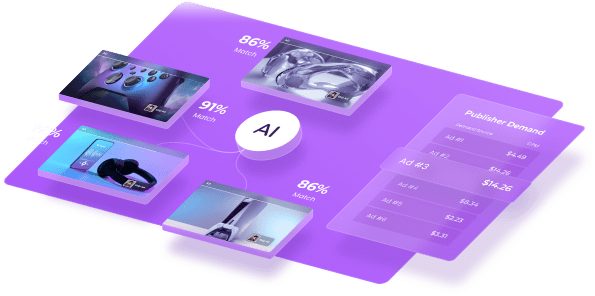
Start your journey by scheduling a consultation with our team of video monetization experts.
Get in touch
Please leave your details and a specialist from our team will reach out.
